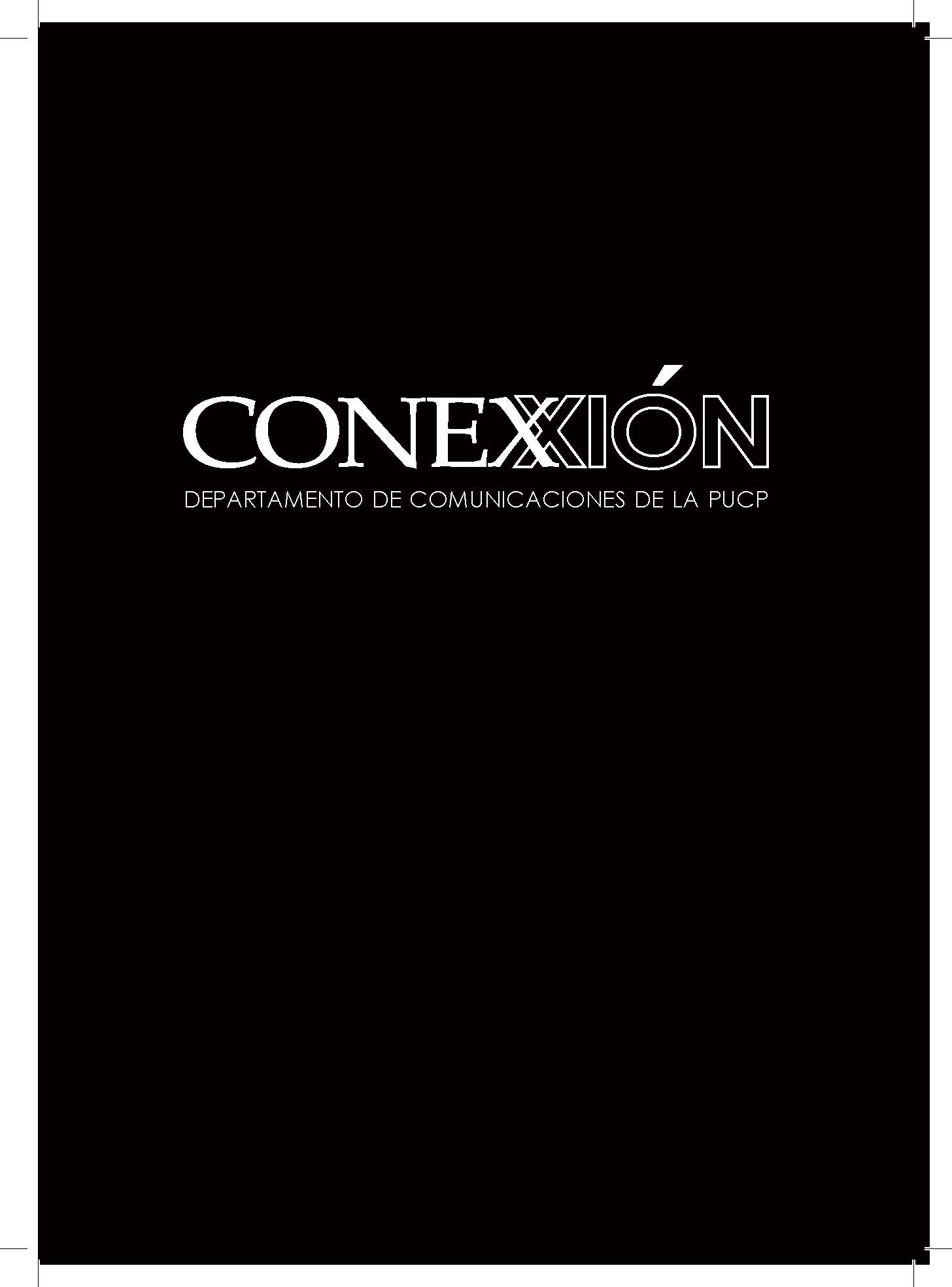Ante lo digital, regresar a las fuentes: comunicadores, medios y discursos
DOI:
https://doi.org/10.18800/conexion.201601.001Palabras clave:
Estudios de Internet, Formación profesional en comunicaciones, Enseñanza de la comunicaciónResumen
Frente a las críticas sobre la relevancia de los estudios de comunicación tanto para formar comunicadores como para trabajar académicamente, y con el influjo de cambios producto de las transformaciones digitales, una revisión de las distintas interacciones entre las vertientes profesionales y técnicas que constituyen el campo permite esclarecer dónde yace la especificidad de la disciplina o conjunto de disciplinas que se agrupan bajo la lógica de “ciencias de comunicación” o “estudios de medios”. Este ensayo plantea una manera de comprender estas interacciones utilizando una metáfora específica, y cómo se puede usar esta comprensión para facilitar el encuentro entre la reflexión académica y las preocupaciones profesionales.
Descargas
Descargas
Publicado
Cómo citar
Número
Sección
Licencia
Derechos de autor 2016 Conexión

Esta obra está bajo una licencia internacional Creative Commons Atribución 4.0.














